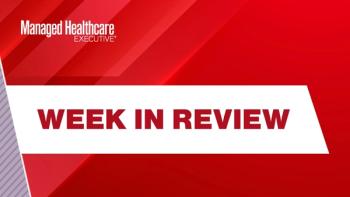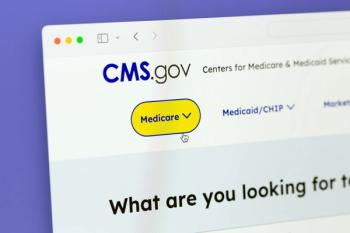
Fewer members switching plans
Workers are changing their plans less often because they're offered fewer options from their employers
By Mari Edlin
The overall number of nonelderly Americans with employer coverage who switched plans was 12.8% in 2010, down from 17.2% in 2003, according to a national study by the Center for Studying Health System Change (HSC).
HSC has conducted the Health Tracking Household Survey six times since 1996, indicating little change between the first study and the one conducted in 2003. Subsequent years have shown decreases in employees seeking plan changes.
“The degree of decrease in 2010 came as a surprise,” says Peter Cunningham, senior fellow and director of quantitative research for HSC and author of the study.
He attributes the decline to a decrease in employer-sponsored coverage for employees in small and mid-sized companies who change plans more frequently than employees in larger firms.
In 2010, 12.3% of employees in firms with fewer than 100 workers changed plans compared to 7.6% of those in companies with 500 or more employees for reasons other than a job change.
“Smaller employers are more vulnerable to healthcare costs-especially when workers have serious health problems-and are more likely to shop for more cost-effective offerings than their larger counterparts, resulting in switching plans,” Cunningham says.
As many as 98% of firms with more than 200 employees offered healthcare in 2012 compared to 61% of businesses with fewer than 200, according to the Kaiser Family Foundation.
Sources of care
The report shows that people who changed plans in the past year were also more likely to change their usual source of care-13.5% compared to 7.8% who remained with their plans. The primary factor behind a change in the source of care is new employment. Employer- and employee-initiated changes in health plans were less likely to be associated with a source of care, reflecting the provision of broad provider networks such as PPOs.
Cunningham is concerned that more choice might have unintended consequences, enabling employees to seek lower cost plans but then forcing them to change primary care physicians, for example.
“It could be a tradeoff between continuity of care and saving on premiums,” he says.
In 2010, twice as many healthier people-those without any chronic illness-changed plans than their counterparts with two or more chronic conditions. The study attributes the activity by healthier employees to changes initiated by the employer, rather than employees themselves.
Although there is an expectation that less healthy employees would be more hesitant to risk changing providers, the report finds that employee-initiated changes played an insignificant role based on health.
Cunningham anticipates that the state insurance exchanges might attract employees from smaller firms, giving them more choice and increasing the percent of those switching plans.
The most influential factor for those who made any plan changes is a change by employers in plan offerings-65.5% said so in 2003 and 62.7% in 2010. Less than 2.5% of nonelderly Americans in both 2003 and 2010 with employer coverage changed health plans to reduce their insurance costs or to seek a plan with more quality, perhaps one with a more desirable provider network.
The number of covered employees under 65 who switched for reasons other than a job change fell from 12% in 2003 to 7.5% in 2010, while those who made switches due to new employment was 5.1% for both years.
Newsletter
Get the latest industry news, event updates, and more from Managed healthcare Executive.




















































